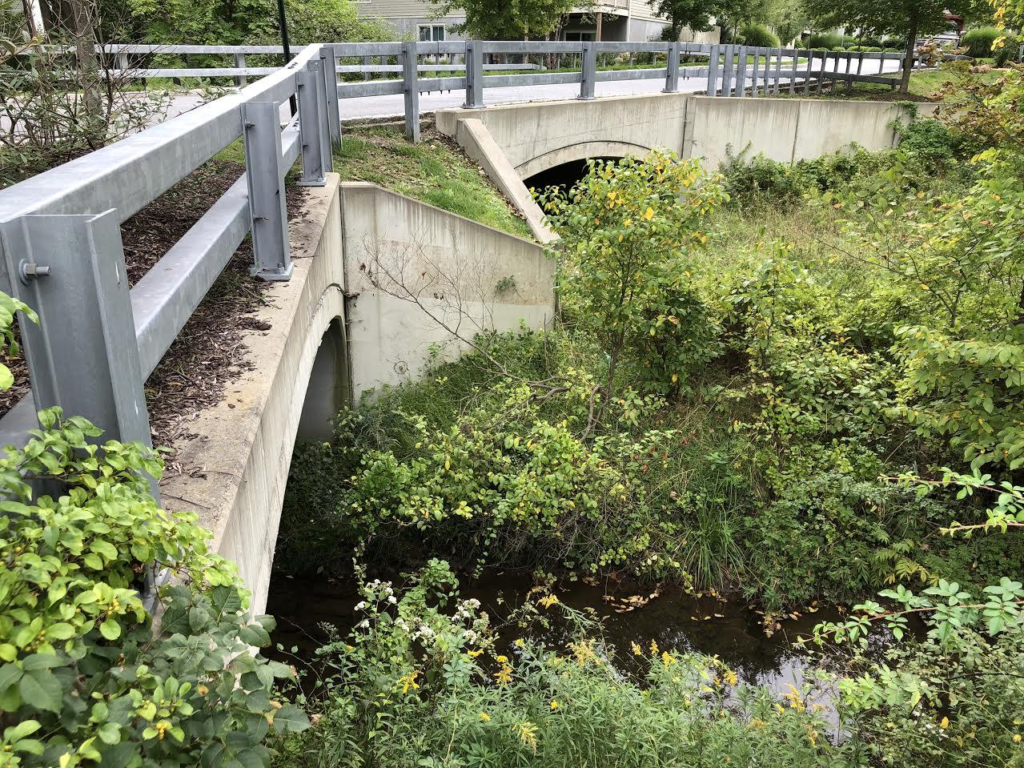Finding wetlands on a future site can be a critical point of any land development process, setting the path for the long road of every developers favorite activity—the permitting process. Surveying the delineation of wetlands, determining the type and figuring out the required mitigation is a lengthy, and often cumbersome, process.
The crux of the issue is that wetlands are fiercely protected under the jurisdiction of Clean Water Act Section 404 and the Nationwide Wetland permitting process—some of the most powerful regulations in environmental protection. These federal regulations are layered with varying state and local regulations, which create a difficult-to-navigate regulatory landscape for developers. Impact to wetlands is sometimes unavoidable, but there are other options for managing onsite wetlands. Featuring wetlands as an amenity or incorporating them as the tertiary stage in a stormwater treatment plan avoids dredge and fill permits, which can be the lengthiest and costliest aspect of the permitting processes.
There are many examples of land developments that have creatively managed onsite wetlands. Three sites that were awarded the National Green Building Standard (NGBS) Certification for Green Land Development highlight potential paths for wetlands management—from conservation, to areas for walking paths, to stormwater management. Wharton’s Bluff in Millsboro, Delaware; Warwick Grove in Warwick, New York; and Rivera Greens in Clarence, New York all exemplify how to highlight wetlands within a neighborhood design.
Nestled on the banks of the Indian River in Millsboro, Delaware, Wharton’s Bluff is surrounded by wetlands. Upriver from Rehoboth Bay, these riverine wetlands bordered three sides of the 10-acre site—making for a beautiful if not challenging project. Since the area slated for home construction was at a higher elevation, erosion and excessive runoff into the wetlands was a big concern for Craftsmen Developers. The expertise of the Sussex County Conservation District helped the development team better understand local sediment disturbance ordinances and install careful erosion controls during construction. Craftsmen also designed a comprehensive, decentralized stormwater management system, including bio swales and a roof-water recovery system, to minimize impacts to the surrounding wetlands. Protecting these wetlands not only minimizes water quality impacts but helps protect the waterfront properties from flooding.

Turning north towards the Hudson River Valley, Warwick Grove’s 127-acre site boasts 90 acres of open green space. Pastures, woodlands, and wetlands surround the 215 dwelling units located in the center of the property. This area’s hydrology naturally drains into the low-lying wetlands, but with the added sediment and stormwater pollution from construction, the Warwick Grove team had to design a multi-stage stormwater management system to protect these sensitive features. Moreover, the wetlands near the homes were protected via an eco-sensitive bridge that was also designed to minimize impacts to the local and endangered bog turtle. Before stormwater enters the wetlands, it passes through a four bay silt and floatables filtering system, a permeable detention recharge basin, and a wetland buffer. Wetlands naturally clean the stormwater as it passes through and mitigates large flooding events, including the more frequent 100-year floods in the Hudson River Valley. Incorporating wetlands in a development’s water treatment plan utilizes and protects this natural resource.

The Great Lakes Basin is one of the country’s most precious natural resources, with coastal wetlands that are essential to the ecosystem’s health. In order to protect the nation’s largest source of freshwater, nearby developments in the basin are strictly regulated. Located in western New York between Lake Erie and Ontario, Rivera Greens saw the wetlands as a high-priority natural resource. Rivera Greens sits within the town of Clarence, which requires 50 percent of any new development to be dedicated towards open space. With a one-acre pond and surrounding wetlands, these natural resources could be protected and augmented as a community amenity. Natale Builders chose to build a raised boardwalk path on top of the wetlands as part of the neighborhood’s trail system. This was not only less expensive than a paved sidewalk but is also less impactful to flora and fauna than typical impervious material and gives residents a new place to enjoy open space.
There are many ways to incorporate healthy wetlands into a new residential development. For developers interested in the NGBS, points are awarded based on environmentally friendly or sustainable practices, such as protection of sensitive natural resource, during and after construction and innovative stormwater treatment practices. Many green practices are interconnected, and preserving wetlands has many benefits down the line that could help developments meet NGBS criteria and earn a higher rating. Preserving onsite wetlands helps with stormwater filtration, hydrologic recharge, and flooding mitigation. Understanding best development practices is key for wetlands management. For developers who choose to pursue NGBS certification, Home Innovation Lab certified verifiers can help plan for wetlands and enhance the certification process. To learn more about NGBS and green development visit NAHB’s National Green Building Standard Certified Case Studies webpage. Located in NAHB’s Sustainability Toolkit, the case studies on this page take a close look at various NGBS certified housing developments as models for those interested in sustainable development.
Post by Hannah Krohn, a political science and environmental studies graduate from Haverford College who consulted for NAHB.

